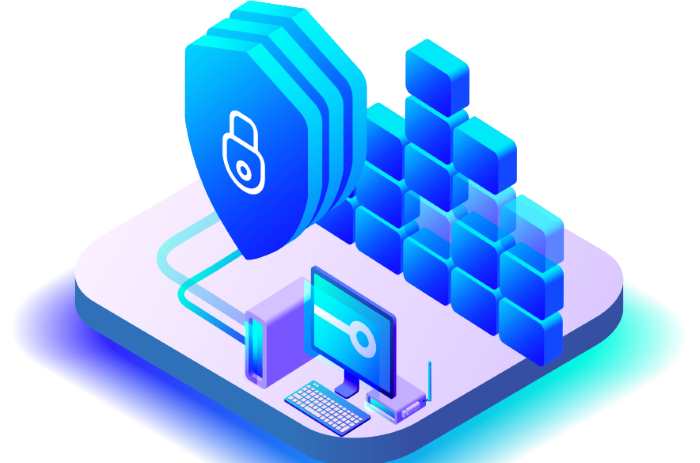

Open source firewall software: pfSense, Untangle, OPNsense Firewall, IPFire. Vendors: Barracuda, Check Point Software, Cisco, Sophos, Juniper Networks, Palo Alto Networks, Fortinet. An alternative to a traditional firewall is a next-generation firewall (NGFW, see below) that can inspect the contents of packets to give administrators far greater control over the traffic that they allow to enter and leave the network. Do you need it? All corporate networks need some form of a firewall to control the data that attempts to flow onto it. Read more about fine-tuning and optimizing firewalls rules. Simple misconfigurations, rather than flaws in the firewall itself, cause about 99% of firewall breaches. But firewalls are only as effective as the staff that manages them. The vast majority of network compromises are caused by malicious data gaining access to the corporate network from outside, and a traditional firewall can help prevent this by controlling access to the network. Typical rules include: denying entry to all traffic except for traffic destined for specific ports corresponding to specific applications running inside the corporate network and allowing or denying access to data using specific protocols or from specific IP addresses. They work by applying a set of network firewall security rules to decide whether to allow or deny access to the network. Packet-filtering network firewalls provide essential network protection by helping to prevent unwanted traffic from getting into the corporate network. Firewalls can also identify and block packets with mismatched IP addresses-packets that say they’re coming from one location but don’t have an IP address that backs up that claim. It looks for known malware signatures and blocks data packets from entering a network if it finds malicious code. How does Firewall Technology Work?įirewall technology works differently depending on the type of firewall you employ, but basically, it examines incoming traffic to make sure it’s all legitimate. Firewalls protect both on-premises and cloud environments. 
IT can set rules about what is and isn’t allowed through the firewall, and then security admins can alter the rules as they gain additional information.
#Network security firewall software#
Types of FirewallsĪ firewall is a piece of hardware or software that filters incoming network traffic to keep malware and attackers out. There are many different types of firewalls, each of which works in different ways to protect different types of resources, both within data centers and corporate perimeters and outside in the cloud. In the broadest terms, firewalls are like bouncers or doormen: They stand at the entrances to corporate networks, applications, databases, and other resources, scrutinizing incoming (and outgoing) data traffic, and deciding what can pass through those entrances and what to reject.īut the term “firewall” is far too broad to be of much use to IT security buyers. Firewalls are as central to IT security as antivirus programs are to PCs, and the multi-billion-dollar market remains large and growing.






 0 kommentar(er)
0 kommentar(er)
